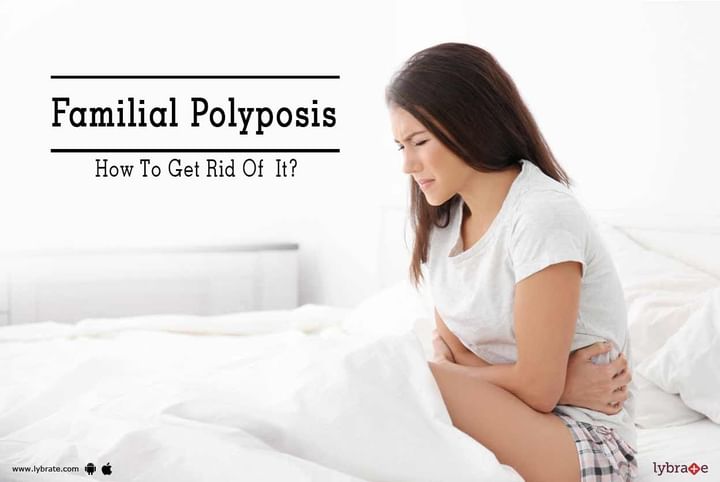Familial Polyposis - How To Get Rid Of It?
Some diseases are inherited genetically and familial polyposis is one such disease. It is a rare condition that typically affects the large intestines and the rectum. In some cases, it can also affect the upper gastrointestinal tract. People suffering from this condition develop extra tissues in the large intestine. If left untreated, it could turn cancerous at a later stage. Hence, surgery is usually recommended to remove the part of the large intestine that has been affected. In cases where it affects the duodenum and upper gastrointestinal tract, removal is usually not necessary, but the situation needs to be monitored closely.
Surgery is usually advised when the patient is in late teens or early twenties. Until then individual polyps may be removed during a routine colonoscopy exam. Surgery to remove the affected part is usually performed with minimally invasive techniques with laparoscopy being the most common. This surgery involves a few small cuts that each require only a stitch or two rather than a single long cut. This reduces the amount of time the patient must stay in the hospital after the procedure and speeds up the healing process.
There are three main types of surgeries that may be used to treat familial polyposis.
- J pouch or Ileal pouch-anal anastomosis surgery: This is the most preferred form of surgery for this condition. It involves the removal of the colon and rectum without affecting the anus. As a result, the patient can have normal bowel movements after the surgery. It also does not have any effect on fertility.
- Total colectomy: If you do not have any polyps in the rectum, doctors may advise a total colerecomy. This involves the removal of only the colon. The rectum and anus are left untouched. This allows the patient to have normal bowel movements after the procedure.
- Continent ileostomy: This procedure is advised only as a last resort. In this case, the affected part of the large intestine, colon, and rectum are removed. The small intestine is then collected to a small opening in the abdomen known as a stoma. The stoma is attached to a waste bag. Instead of passing stool, all waste created is then removed from this bag.
Surgery does not cure this disease. Hence, even after the procedure, the patient will need regular follow up checks. You will need to be screened for new polyps as well as cancer and tumors. Hence, it is essential to consult a doctor you are comfortable with.



+1.svg)
